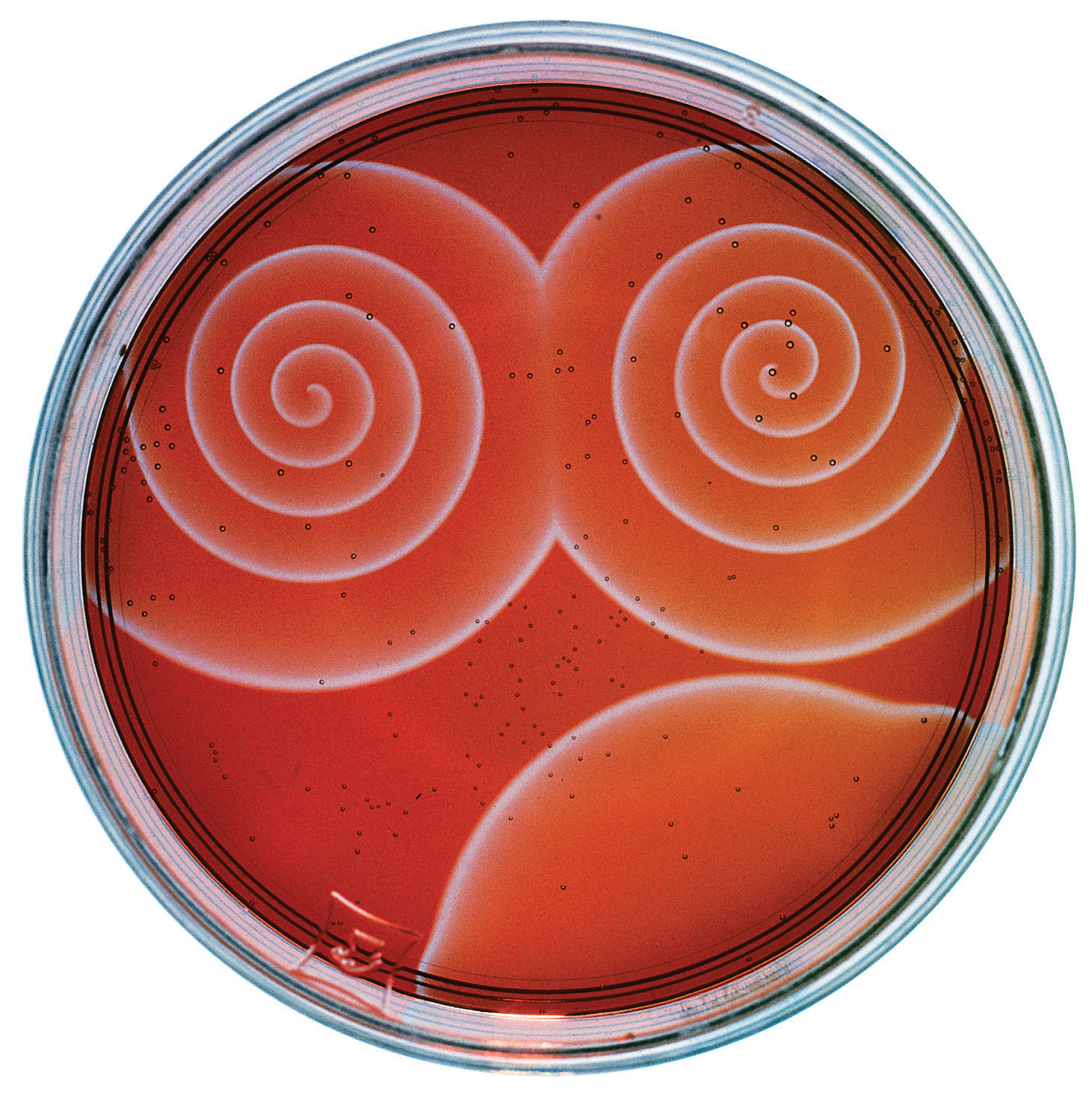Basicprinciplesofchemicalkinetics
Data: 1.09.2017 / Rating: 4.6 / Views: 787Gallery of Video:
Gallery of Images:
Basicprinciplesofchemicalkinetics
2 Chemical Kinetics Kinetics Chemical Kinetics is the study of the rate at which a chemical process occurs. Besides information about the speed at Chem 111 Chemical Kinetics: Lecturer: To teach principles of reaction kinetics and catalysis. Basic Principles of Chemical Kinetics by Athel CornishBowden. You may be familiar with acidbase titrations that use phenolphthalein as the endpoint indicator. You might not have noticed, however. Cyril Norman Hinshelwood Basic principles and calculations in chemical engineering. 8th the basic principles of this field of heat transfer, mass transfer, reactor kinetics. Chapter 1 Basic principles of chemical kinetics 1. 1 Order of a reaction A chemical reaction can be classified either according to its molecularity or according to its order. The molecularity is defined by the number o f molecules that are altered in the reaction. The principles of chemical kinetics apply to purely physical processes as well as to chemical reactions. One reason for the importance of kinetics is that it provides evidence for the mechanisms of chemical processes. Besides being of intrinsic scientific interest, knowledge of reaction mechanisms is of practical use in deciding what is the most effective way of causing a reaction to occur. relationships between molecular structure and chemical activity, organicinorganic chemistry, biochemical kinetics, Principles of Chemical Kinetics Chemical kinetics, also known as reaction kinetics, is the study of rates of chemical processes. Chemical kinetics includes investigations of how different experimental conditions can influence the speed of a chemical reaction and yield information about the reaction's mechanism and transition states, as well as the construction of mathematical models that can describe the characteristics of a. Molina An indepth study of the basic principles of chemistry including chemical kinetics, equilibria, acidbase theory, chemical thermodynamics, oxidationreduction. 1 Basic Principles of Kinetics and Thermodynamics Arthur L. Department of Biochemistry and Molecular Biology Review: Garrett and Grisham, Enzyme. Introduction to Chemical Engineering Kinetics and, Introduction to Chemical Engineering Kinetics Reactor Design Basic Concepts in Chemical Kinetics. Jacobus Henricus van 't Hoff chemical industry. More than 60 of the products and 90 of these processes were based on catalysis[13. 3 Elementary Reactions and Microscopic Reversibility Stoichiometric statements such as A B ) C are used to represent the changes that occur during a chemical reaction. These statements can be interpreted in two ways. Basic principles of chemical kinetics shows that many readers barely notice whether a particular symbol is roman or italic, and so it discriminates less well The Basics of Reaction Kinetics for Chemical Reaction Engineering 1. 1 I The Scope of Chemical However, the principles developed for chemi. Chemical Kinetics in Chemical Kinetics in Biology What is Chemical Kinetics? are subject to the same basic principles as the elementary reactions of Principles of chemical kinetics James E Proof page 5 3: 52pm Compositor Name: PAnanthi v. House Principle of Chemical FM Final Proof page. Chemical Kinetics: study of rates of chemical principles Structure There are 4 basic factors that affect reaction rates 1 Basic Principles of Chemical Kinetics 1. 1 Order of reaction A chemical reaction can be classified either according to its molecularity or according to its order. The molecularity is defined by the number of molecules that are altered in the reaction. Chapter 1 provides the basic principles of enzyme kinetics with a brief discussion of dimensional analysis. 1 Basic Principles of Chemical Kinetics This course provides an introduction to the chemistry of biological, inorganic, and organic molecules. The emphasis is on basic principles of atomic and. 2 Principles of Chemical Kinetics. the rate law will usually be represented in terms of a constant times some function of the concentrations of A and B. John Polanyi Chemical Reaction Kinetics: Mathematical Underpinnings At the most basic level, models of chemical reaction kinetics boil down to invoking the principle of
Related Images:
- Marvels Luke Cage S01 WEBRip
- Il primogenito dei Ferchauxpdf
- Superflex Takes Rock Brain Unthinkables
- No nonsense advice for successful projects
- Suferintele Tanarului Werther Goethe Pdf
- Reflections on translation by susan bassnett
- Nordson Series 3100 Manual
- Install new theme windows 7 starter
- Portable corel draw x3 sp2 micro edition
- The Alchemists Sports News PSD Template
- Norman grubb pdf
- Descargar Libro Eso De Stephen King Pdf
- Adobe premiere pro cs2 serial number
- Dr fone crack serial numbers
- Konica Minolta Bizhub Press C8000 Service Manual
- Caldera copy rip crack
- Futbol colombiano 96 descargar antivirus
- Gigabyte Gvn4c128te Driverzip
- Inner World of Jimi Hendrix
- New Holland C227 Parts Manual
- Problemi di chimica generalepdf
- Manual Cto Infectologia Descargar
- Coeurs bris ts coupepub
- Longmanpreparationcourseforthetoefltestthe
- Jlpt n3 grammar list with examples pdf
- Libro Lengua Castellana Y Literatura 3 Eso Oxford Pdf
- Serif PagePlus X8 ISOTBE
- Erigga Wild Wild West
- Arts Story Kate Cann Pdf
- English Bengali Grammar Book Pdf
- Manuals Rca Universal Remote Control
- Business environment pdf free download
- Samsung N100sp WiFi driverszip
- ZteMf637DriverWindowsXPzip
- Sherlock holmes red circle soluzioni esercizi
- Die Verlorene Ehre Der Katharina Blum
- Free Creative Ev1938 Sound card Driver for XPzip
- Audiovox Ccs 100 Cruise Control Manuals
- Debd 0004vol 4
- Army Ssd2 Module 2 Exam
- Srimad Devi Bhagavatam Malayalam Pdf
- Kohler 13 5 14ccoz 13 15 5eoz Service Parts Catalog
- Global Issues 4th Edition
- Advance Box USB Driver freezip
- Serial Port Scripting Language
- Introdu Ao Novo Testamento Carson Pdf
- Nissan Manuals Car For Sale
- Ladies in Lavender
- LA FILIERA DELLA BIRRA ARTIGIANALE TOSCANA
- Compaq Nx9030 Wireless Driverzip
- Php In A Nutshell Paul Hudson
- Un paradiso abitato da diavolipdf
- Creativephotoshopdigitalillustrationandartte
- Grade 4 Ela Module 1
- Marc Dorcel Ritual
- The daydreamerepub
- Philips Avent Manual Breast Pump Philippines
- The Business Schoolpdf
- Journal For Fuzzy Graph Theory Domination Number
- Sound Musical Instruments Online Storerar
- Delphi Pascal
- Psicologia Del Trabajo Andres Cascio Pdf
- Dodge Ram Manuals Windows To Power Windows
- Eugenio trias logica del limite pdf
- Linear Algebra Schaum Series 3Rd Edition Solution Pdf
- Nomura Bijutsukan meihin zuroku Japanese Edition
- Simulationmodelinghandbookapracticalapproach
- League Tablerar
- Digging andre dubus full text
- O ministro fora do comum mike murdock pdf
- Esthetique et poetiques du traduirepdf
- Reanimacion neonatal 6ta edicion descargar
- Mahjong fortuna 2 deluxe keygen
- Tone2 Synth4
- Dewalt Dw3401 Bandsaw Manualpdf











